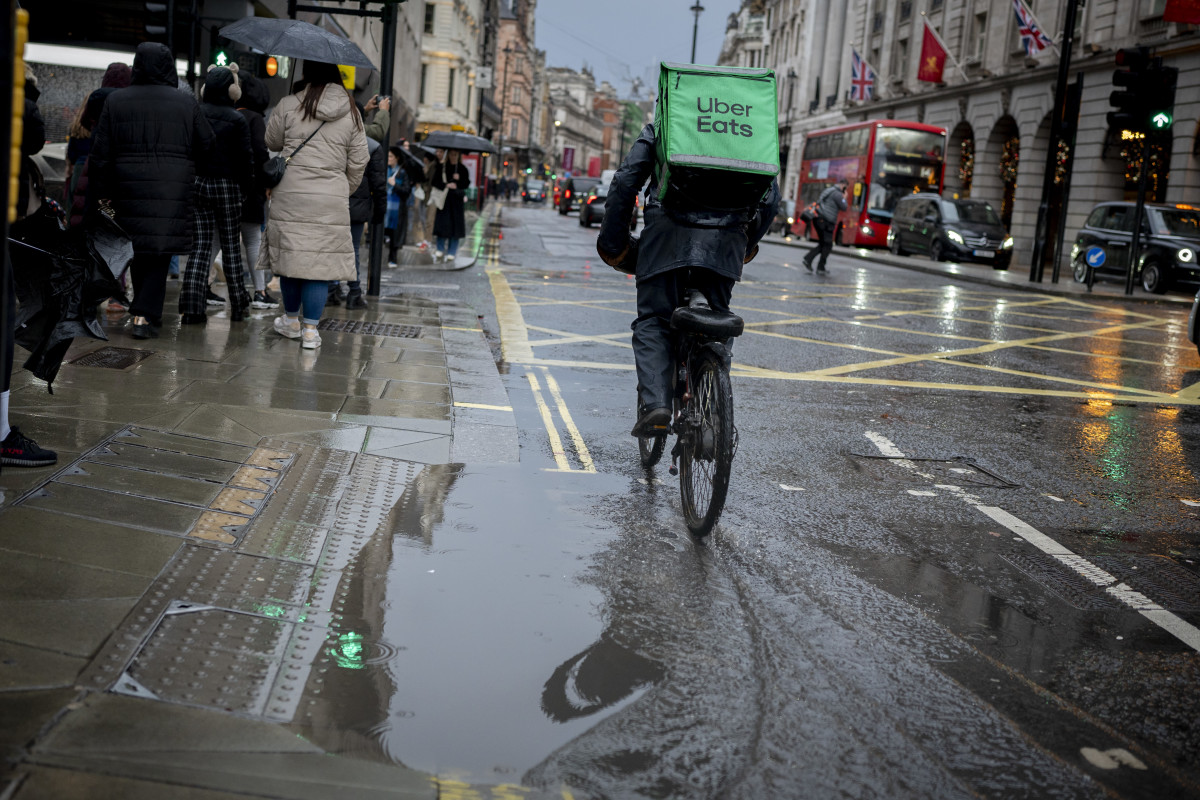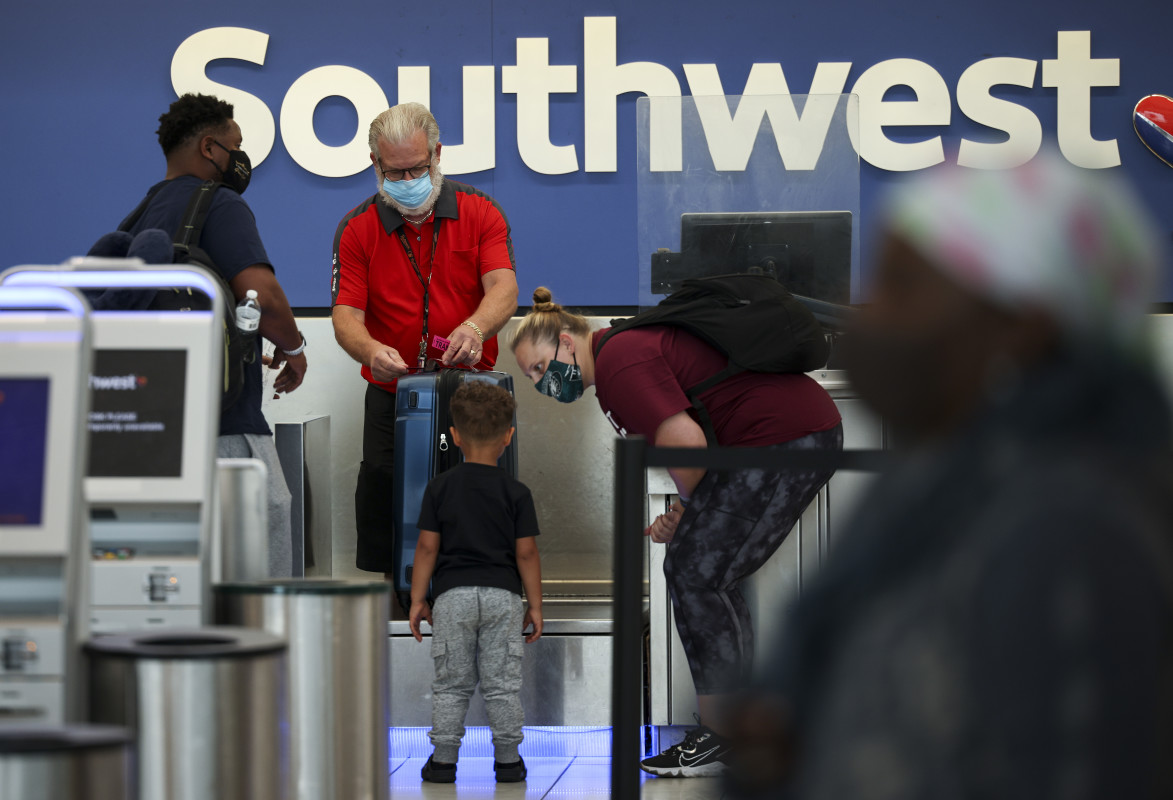
Have you ever hired a car to or from a place you frequent and been shocked by the ride’s unexpectedly high price?
Let’s say a simple ride home from the gym at 11 pm after the buses have stopped running — one you’re used to paying between $9 and $11 for — suddenly costs $23. What gives?
You ask your driver about the unusually high price, and they remind you that this isn’t just any old Sunday — this is Saint Patrick’s Day, and your town’s drunken revelers are all trying to get home safely from their favorite pubs, increasing demand for Ubers and Lyfts, and resulting in a sudden bout of drastically increased “surge pricing.”
What is surge pricing?
Surge pricing (a subcategory of dynamic or flexible pricing) refers to a sales strategy in which a company raises the prices of its products or services during times (and in places) with higher demand.

These days, surge pricing is most closely associated with rideshare services like Uber and Lyft. These rideshare apps’ customers often see drastically higher prices when booking rides to or from popular downtown areas during Friday and Saturday evenings — and on popular drinking holidays like New Year’s Eve or July 4th — when a higher volume of customers hail rides around the same time, especially in certain areas.
Related: Is shrinkflation a big deal? Definition, examples & impact on headline inflation
How surge pricing works in gig-economy apps
This sort of surge pricing isn’t unique to rideshare apps, though. It can also be seen in other popular gig-based service apps, like Instacart (whose shoppers know it as “Busy Pay”) and DoorDash (whose Dashers know it as “Peak Pay”). Not only do customers pay more during periods of surge pricing; gig-app contractors typically make more per job as well.
With modern-day apps like Postmates, Uber Eats, and Instacart, it’s easy to see these types of dynamic pricing models in action. Customer orders dictate the service’s demand, and self-scheduled contract workers dictate its supply. The apps’ services are then priced algorithmically using this information (along with other factors like order minimums, driving distance, local ordinance fees, and promotional offers).
Having worked closely with folks at UberEats and Doordash, there's things you all need to know about how these fees are calculated.
— Karthik Hariharan (@hkarthik) December 9, 2023
The delivery pricing on these services is dynamic. They work like surge pricing on Uber. If there aren't enough delivery drivers in your area, they… https://t.co/XwrR3LsKLa
All other price factors aside, price has a positive correlation with demand (i.e., customer orders) and a negative correlation with supply (i.e., number of contractors working). In other words, at any given time, more customers and fewer contractors working means higher prices. On the other hand, fewer customers and more contractors working means lower prices.
Vacation rental apps are also common culprits of flexible pricing, although price variations here are usually instituted at the whim of individual hosts (property owners or managers) rather than by an algorithm. Beachside Airbnb and Vrbo hosts often charge more for their rentals during the summer and on weekends, for instance, as their hosts know it’s easier to fill rooms during peak days and seasons. These same rentals may be significantly cheaper on weekdays and during less popular travel months.
Real world-examples of dynamic pricing by popular brands and industries
Flexible pricing models are alive and well, and consumers encounter them on a near-daily basis. Here are a few examples of well-known companies and industries in which dynamic pricing is the norm.
Amazon
Amazon uses dynamic pricing to optimize the profits from its massive online retail marketplace. By leveraging machine learning and massive amounts of data, Amazon can update its product prices as frequently as every 10 minutes based on competitor price changes, recent sales data, and forward-looking demand predictions.
Google and other search engines
Google uses a dynamic pricing method to determine what to charge brands for advertisements that appear in the company’s search results. Google analyzes its users’ search data to determine what to charge advertisers per ad impression or ad click based on the current value associated with the search phrases the advertiser wishes to target. For example, a brand would pay significantly more for its link to appear at the top of a user’s search results for the phrase “pumpkin pie” around Thanksgiving than it would have to pay for the same ad in the middle of the summer.

Ticketing companies (Ticketmaster, Live Nation, MLB, NBA, etc.)
Most major sports leagues (and online ticket brokers like Ticketmaster) use dynamic pricing as well. Algorithms adjust ticket prices based on shifts in supply and demand, time remaining until the event, and, in some cases, even weather or recent team performance.
Rideshare apps (Uber, Lyft, Lime, Bolt, Grab, etc.)
Uber and Lyft, the two largest players in the rideshare industry in the U.S., both rely heavily on dynamic pricing model algorithms to determine their customers’ fares. These companies not only use real-time supply and demand data to raise and lower prices in response to customer and driver volume — they also use machine learning and forward-looking data to raise fares in response to things like inclement weather and popular scheduled events like sports and concerts.
Delivery apps (DoorDash, Uber Eats, Instacart, Postmates, etc.)
Gig-based food and grocery delivery apps work in much the same way. While it is unclear if these apps take factors like inclement weather into account when calculating fees, prices for delivery do go up when customer demand is high and courier supply is low in a given area. By raising delivery fees (and courier payout), for an order in an area with few or no couriers, the apps incentivize couriers in nearby areas to accept these jobs.
Disney
In 2018, Disney started implementing dynamic pricing for admission to its theme parks, charging more for tickets on days with historically high volume (like weekend days, seasonal breaks from school, etc,) and less on days with historically low volume, apparently in an effort to even out crowd size.
Airlines (United, American, Delta, Southwest, etc.)
The airline industry was the first modern adopter of computerized dynamic pricing. Since the 1980s, airline ticket prices have been dynamic and algorithmically determined based on takeoff and arrival times and days, season, demand, time remaining until flight, and other factors.
Electricity
For most of their history, utility companies charged the same amount for electricity regardless of when it was used. Since the power grid sees peak electricity use in the morning and evening (before and after school/work) when most people are at home using lights and appliances, some utility providers have begun using dynamic pricing models in which electricity costs more during peak hours and less during off-peak hours in order to more evenly distribute electricity use over time and reduce the strain on grids and production facilities.
Related: Mystery shopper jobs: How much do secret shoppers get paid?
The history & origins of dynamic (flexible) pricing models
Surge pricing itself is far older than the gig economy whose now-ubiquitous rideshare, vacation rental, and delivery apps began to populate smartphones’ home screens around the mid-2010s. Even though most consumers became familiar with the concept of surge pricing after using these modern apps, flexible pricing models have actually been around for as long as commerce.
Price tags and static pricing, which most of us think of as the norm for everyday products and services, didn’t become common until the retail industry expanded rapidly in size and scope in the late 19th century after the Industrial Revolution. Before this time, most products and services did not have fixed prices over time.
Instead, most shopkeepers and service providers would negotiate prices with their customers each time they made a sale. Haggling was commonplace, and prices could vary significantly depending on stock levels, demand, time of day, recent customer volume, material and labor costs, and other factors.
Once price tags became the norm in the late 1800s, flexible pricing models fell by the wayside for a while, but they remerged in the 1980s when changes in legislation gave airlines more control over their pricing models.
During this era, airlines began using a number of variables — including things like departure and arrival times, seasonality, popular events occurring near flight destinations, and time remaining until flight — to inform their seat prices. Due to the complexity of these pricing models, most airlines then invested in computer technology that streamlined the process of translating the factors mentioned above (among others) into ticket prices quickly and efficiently. This marked perhaps the first instance of algorithmically determined prices encountered by American consumers — a precursor to the models used by Uber, Instacart, DoorDash, and other popular brands today.
Related: A pre-IPO History of Reddit: From “front page of the internet” to billion-dollar valuation
Once it became ubiquitous in air travel, the dynamic pricing trend spread to related industries like hotels, tours, and rental cars. A flexible pricing scheme also made sense for demand-based events like concerts and sports matches, and it slowly became the norm in these industries as well.
More recently, utility companies began instituting different rates at different times in an attempt to smooth out how much power is drawn across different times of the day. Web-based commerce platforms like Amazon began to adjust product prices to optimize sales based on demand and competitor activity. In the modern day, online advertising platforms like Google and Bing change their ad fees depending on search volume insights garnered from users, and gig-economy apps determine their prices using a real-time capture of supply (contractors online) and demand (customer orders).
Dynamic pricing is the norm in more industries than most would think, and it seems like it may be here to stay.







